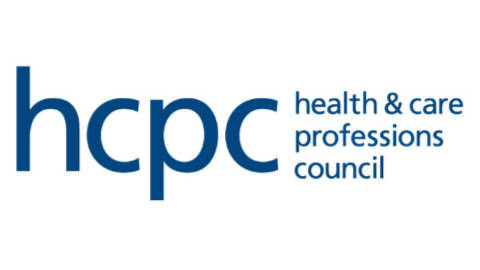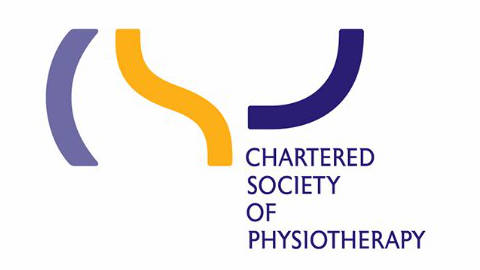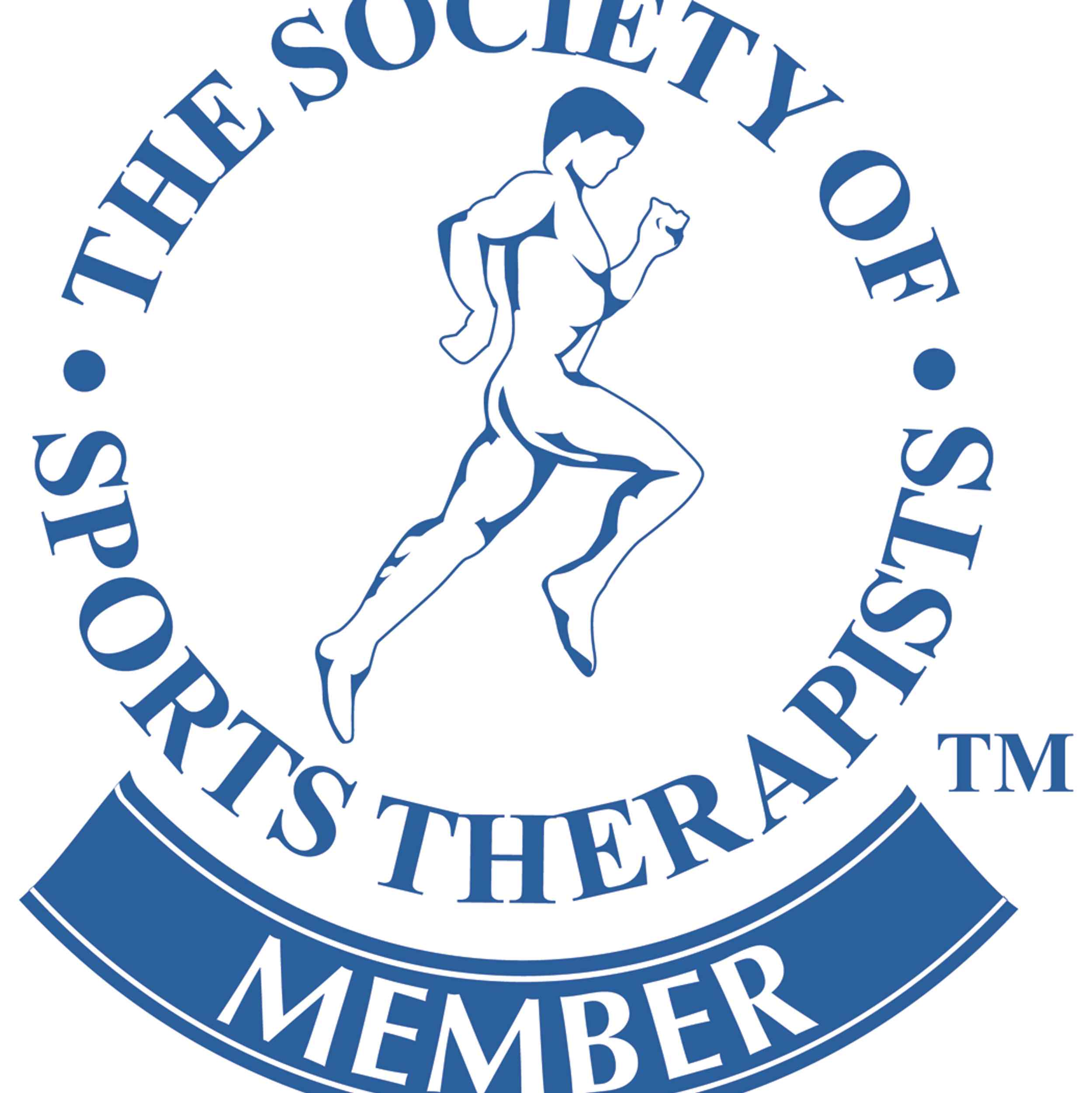“Preventing Skiing Injuries: The Power of Pre-habilitation on the Slopes”
Introduction:
Skiing is a thrilling winter sport that demands physical strength, flexibility, and agility. While injuries can happen, incorporating prehabilitation exercises into your routine can be a game-changer for preventing skiing-related injuries. In this blog post, we’ll delve into the world of prehabilitation and explore targeted exercises to prepare your body for the challenges of the slopes.
Understanding Prehabilitation:
- Prehabilitation, or “prehab,” involves proactively strengthening and conditioning specific muscle groups to prevent injuries before they occur. For skiers, this means focusing on key areas such as the legs, core, and joints to enhance stability and reduce the risk of common skiing injuries.
Leg Strength and Stability Exercises:
- Strong and stable legs are essential for navigating the varied terrain of ski slopes. Include exercises like squats, lunges, and leg presses in your prehab routine. These exercises target the quadriceps, hamstrings, and calf muscles, providing a solid foundation for skiing movements.
Core Strengthening Workouts:
- A strong core is crucial for balance and overall body control during skiing. Incorporate exercises like planks, Russian twists, and leg raises to strengthen your core muscles. A stable core not only improves your skiing performance but also helps prevent injuries caused by uncontrolled movements.
Balance and Proprioception Training:
- Skiing requires precise balance and coordination. Include exercises that challenge your balance, such as single-leg squats, stability ball exercises, and wobble board drills. These activities enhance proprioception, the body’s ability to sense its position in space, reducing the risk of falls and twists.
Flexibility and Mobility Exercises:
- Flexible joints and muscles are less prone to injuries. Prioritize dynamic stretching exercises that mimic skiing movements, such as leg swings and hip circles. Yoga and Pilates are also excellent options to improve overall flexibility and mobility.
Joint-Specific Exercises:
- Protect your knees and ankles, which are vulnerable areas in skiing, by incorporating joint-specific exercises. Include exercises like leg extensions, calf raises, and lateral leg lifts to strengthen the supporting structures around these joints.
Incorporate Cardiovascular Conditioning:
- Enhance your cardiovascular fitness to build endurance for a full day on the slopes. Activities like cycling, running, or high-intensity interval training (HIIT) can improve your stamina, ensuring you stay alert and responsive while skiing.
Listen to Your Body:
- While pre-habilitation is essential, it’s equally important to listen to your body. Pay attention to any signs of fatigue or discomfort during exercises, and modify your routine accordingly. If you have pre-existing conditions or concerns, consult with a healthcare professional before starting a prehabilitation program.
Conclusion:
Preventing skiing injuries through prehabilitation is a proactive and effective approach to ensure a safe and enjoyable winter sports experience. By dedicating time to strengthen and condition your body, you’re not only reducing the risk of injuries but also enhancing your overall skiing performance. Remember, a well-prepared body is your best defense on the slopes. Stay fit, stay strong, and enjoy every moment of your skiing adventure!
If you need any further information, contact us at The Treatment Room and we can help give you some advice or help you book in for an assessment or treatment with one of our healthcare professionals.



